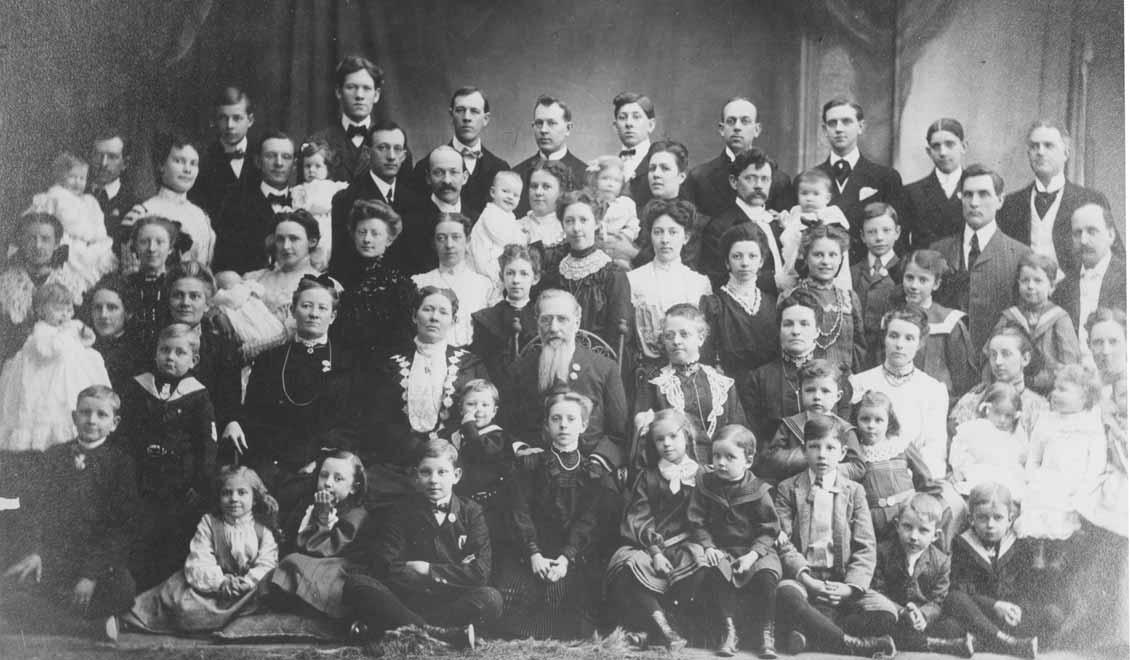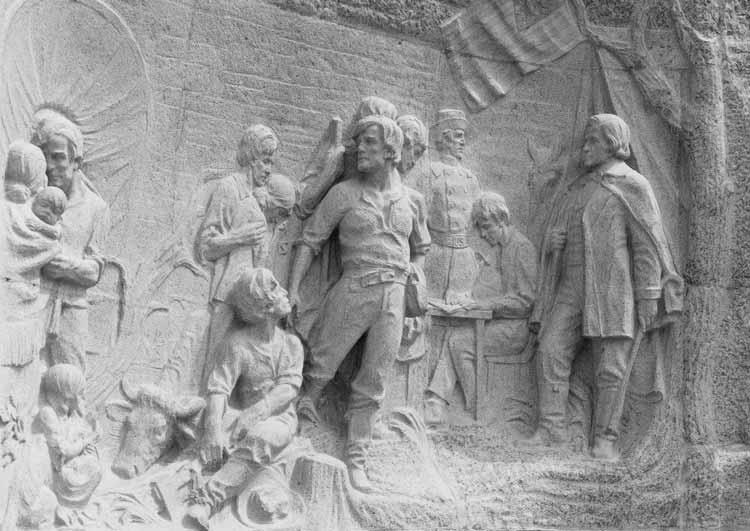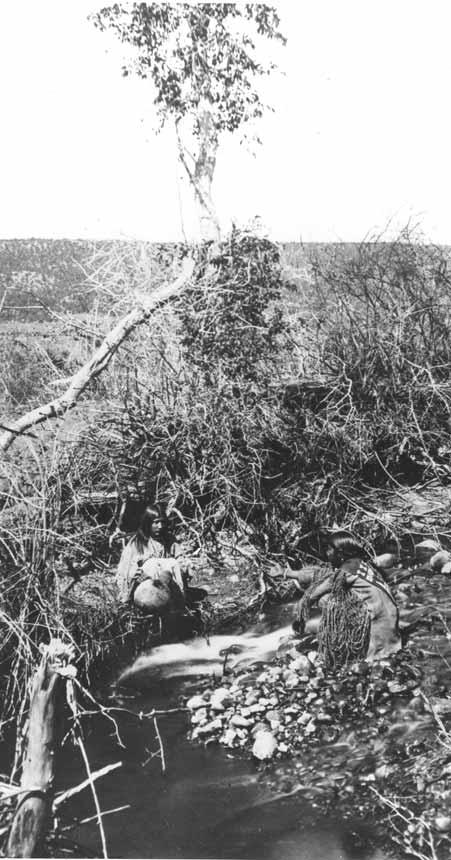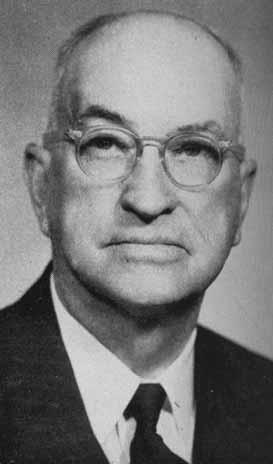
3 minute read
In This Issue
A hundred and twenty-five years after Wilford Woodruff, President of The Church of Jesus Christ of Latter-day Saints, issued the 1890 Manifesto that sounded the death knell for the Mormon practice of polygamy, Utah’s peculiar institution remains one of the most intensively studied subjects in Utah history. Our first article, given as the plenary address at the 2004 Utah State Historical Society Annual Meeting, offers a careful and relevant overview of the recent study of Mormon polygamy and highlights the insights that the new scholarship offers in furthering our understanding of Utah’s earlier polygamy experience.
Another popular subject for Utah, Mormon, and Western historians is the epic story of the Mormon Battalion .In the summer of 1846,with the urging of Brigham Young, five hundred forty-three men enlisted for service with the United States Army during the Mexican War. Accompanied by thirty-four women and forty-four children, the men departed Council Bluffs, Iowa, for Fort Leavenworth, Kansas, on July 20,1846.Six months later, in late January 1847,the main group arrived at San Diego, California. However, not all those who left Council Bluffs completed the journey. Most of the women and children and 159 men were ordered to spend the winter of 1846-47 in Pueblo, located in present-day southeastern Colorado, before rejoining the main body of Mormon pioneers in the Salt Lake Valley in July 1847. Our second article examines the Mormon Battalion experience and its aftermath for four young soldiers, three of whom were related and all of whom were among the159 men who were dispatched to Pueblo. Their stories, common in some aspects, but highly different in others, remind us that epic events are made up of the varied experiences of individuals and that their lives offer a rich source for understanding the human experience.

This February 1912 photograph of the center façade and north wing shows the Denver and Rio Grande Depot less than two years after its construction in 1910. The Depot was renovated as the new home of the Utah State Historical Society in 1980. Twenty-five years later, another major renovation has provided a joint reading room for the Historical Society and State Archives on the south end of the main lobby and new offices for the administration and history staff on the second floor of the north wing
SHIPLER COLLECTION, UTAH STATE HISTORICAL SOCIETY
A third popular subject in Utah history is the exploration and settlement of Utah and surrounding territories. Using the diary of one explorer and a report submitted to Brigham Young by three others, our third article recounts the 1861 exploration of the Uinta Basin by two different but simultaneous companies—one from Salt Lake City and another from Provo. Utilizing the information provided by the exploring parties, Brigham Young called off a planned colonization effort to the area and supported much of the area’s designation later in 1861 by President Abraham Lincoln as the Uintah Indian Reservation.
Our final article returns to the topic of social history as it examines the founding and development of the Utah Training School in American Fork for the care and treatment of the young mentally retarded. This study of the development of the institution, the evolving practices and treatments, the professionals responsible for administering programs, and the residents and their families who benefited from the state-provided services, brings to light a too often overlooked, but nevertheless important part of the Utah story.
Even with the four varied and interesting offerings in our summer issue, we hope that your summer weeks allow even more time for reading. Certainly the book review section—covering recent books on rock art, the gold rush, the Episcopal church in Utah, the career of a prominent Western historian, the experiences of a Utahn held prisoner of war by the Japanese during World War II, the story of the distinguished career of a Salt Lake City-born son of Italian immigrant parents, and a collection of lectures by ten notable scholars—holds new and exciting possibilities for your reading pleasure.






